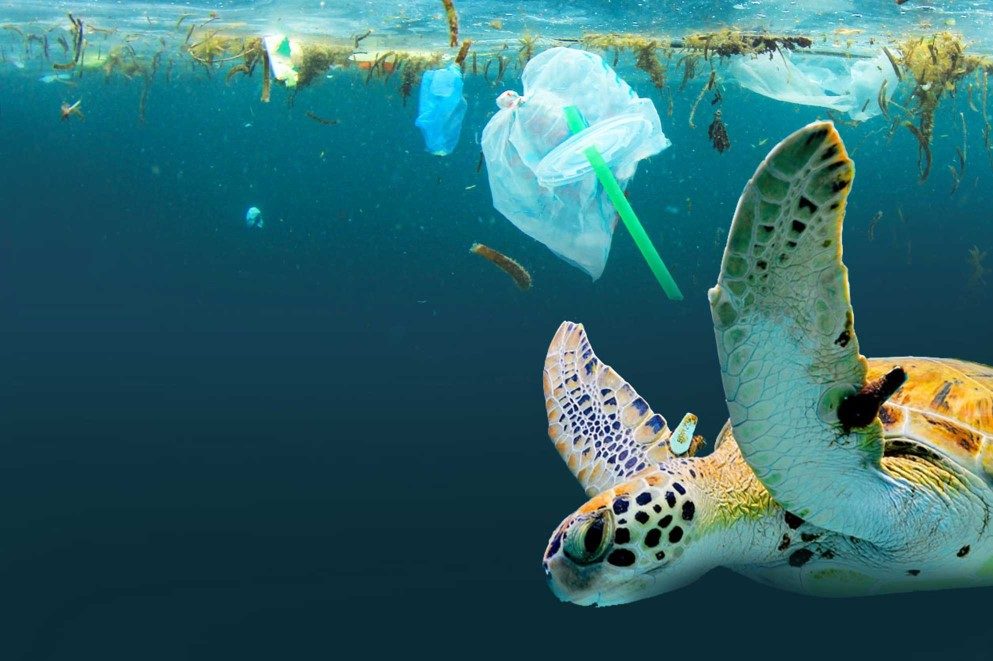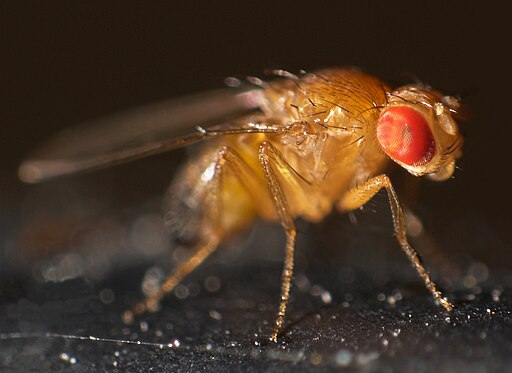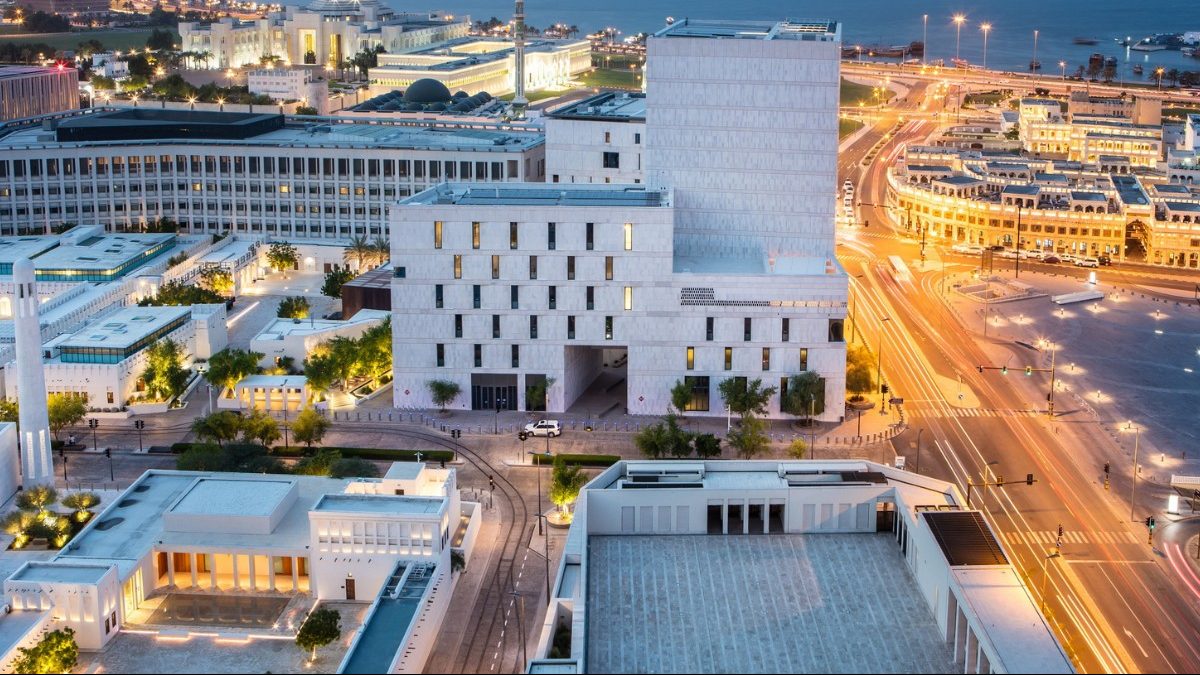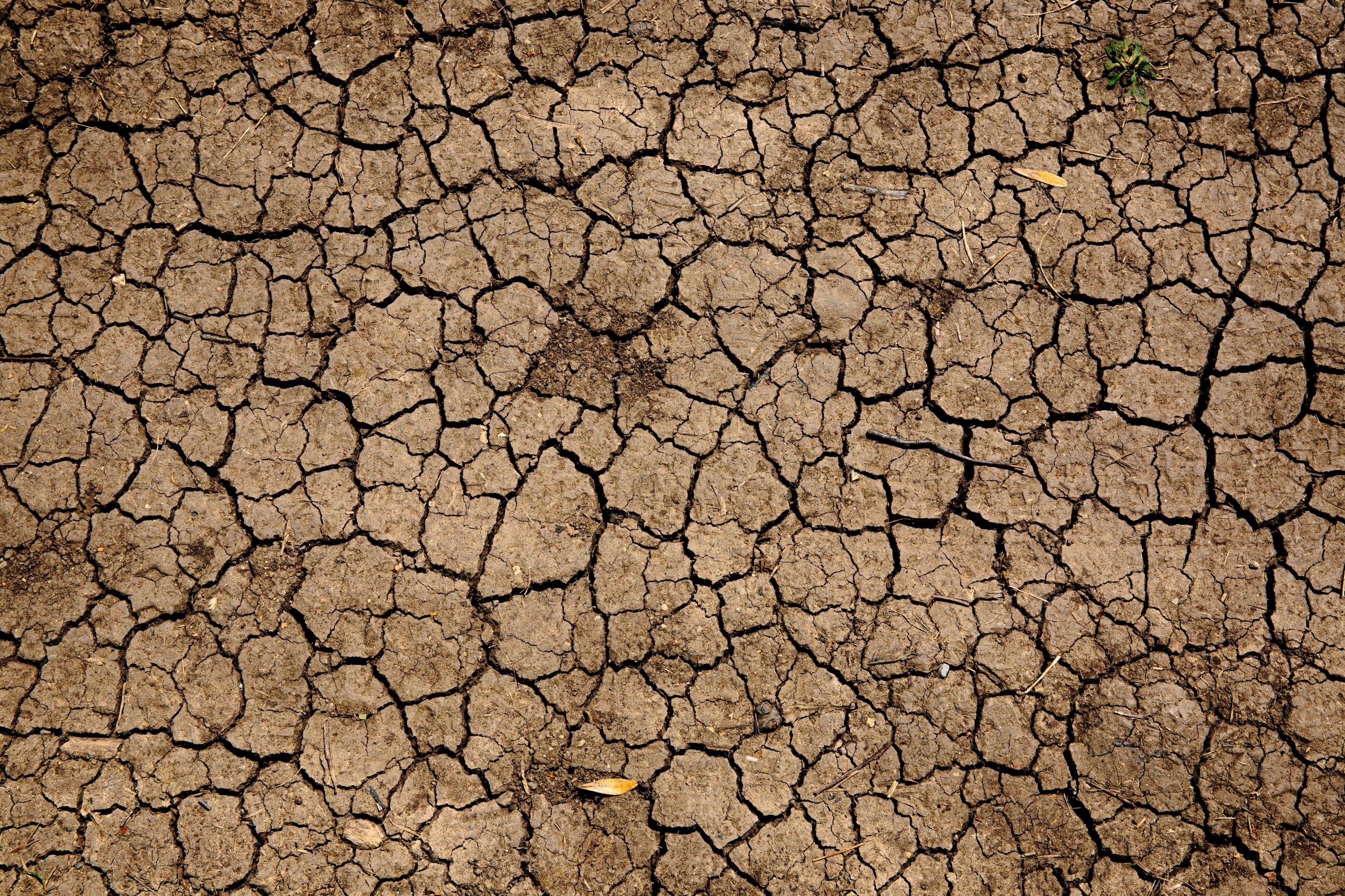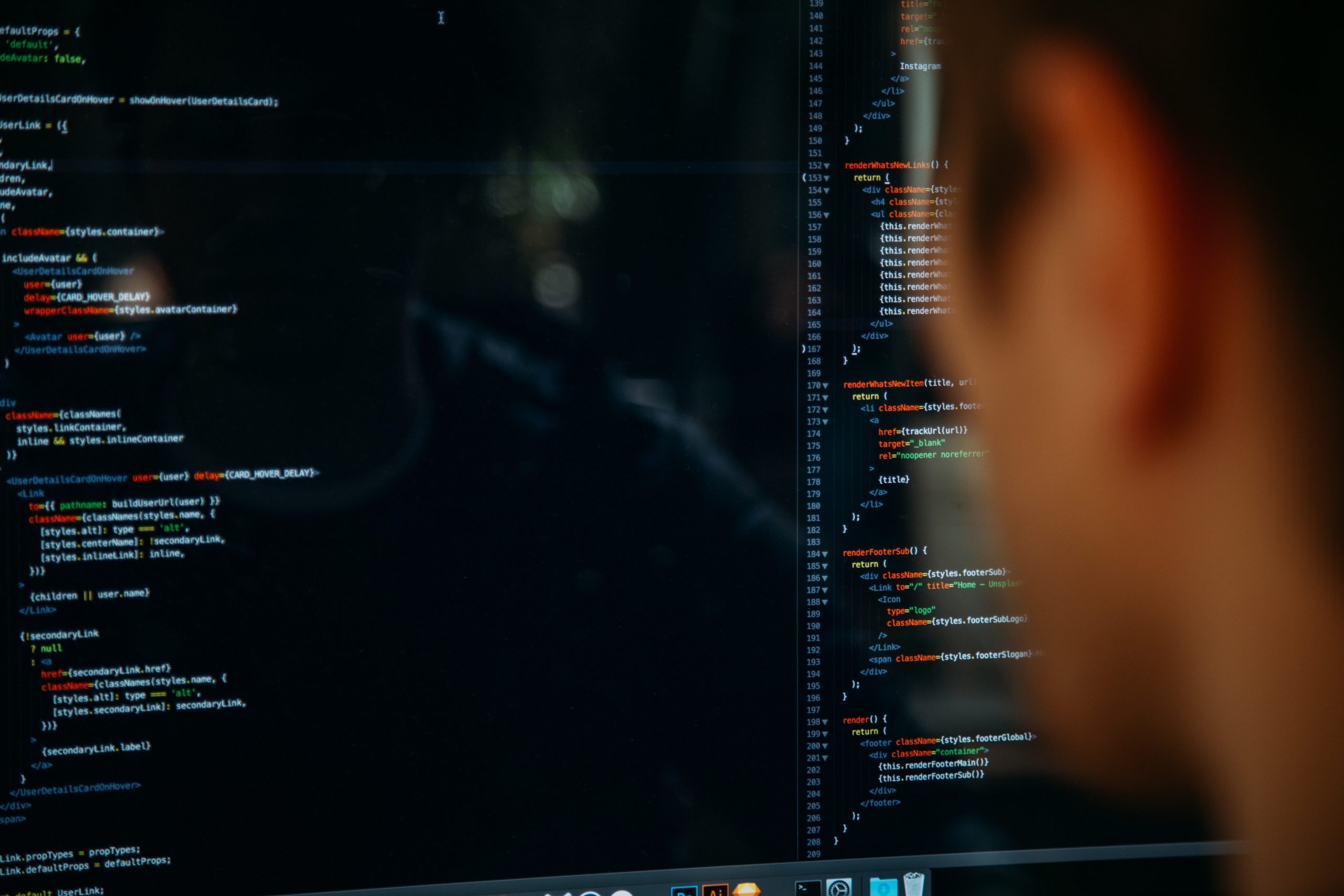The ocean’s ecosystem is continuously under threat from global warming and pollution that threatens its existence.
There is now a UN high seas treaty that will help protect significant portions of the world’s oceans after 15 years of disagreement, failures and stagnant formal and informal talks.
The legally binding agreement was made after five rounds of negotiations overseen by the United Nations, which ended in New York on Saturday, just one day after the initial deadline.
Rena Lee, the head of the UN conference, declared “The ship has reached the shore,” at the end of a long final day of negotiations involving representatives from more than 100 nations.
The most recent round of talks, the third in a year, had appeared to have little chance of success.
Delegates debated delicate political issues on how to divide recently discovered resources between developed and developing countries throughout Friday night and into Saturday.
The rifts resembled those that threatened to derail the entire COP27 UN climate change conference, which was held in Egypt late last year and saw trust and solidarity between wealthy and developing nations fray to the point of breaking.
Against this backdrop, reaching an agreement would be a significant and possibly pivotal step in the fight against climate change.
Technically, nobody owns the high seas or the portions of the ocean outside of territorial waters.
However, the bodies of water are enormous, making up 60% of the oceans on the planet and nearly half of its surface. By producing nearly half of the planet’s oxygen and absorbing most of its carbon dioxide, ocean ecosystems maintain the planet’s equilibrium.
Nevertheless, they are in danger from global warming, exploitation and pollution.
The plan is by the end of 2030, the treaty’s “30 by 30” goal, which places 30% of the world’s land and ocean under protection, will have been achieved.
Economic concerns were a major source of contention during the most recent round of talks, with developing nations demanding a larger portion of the benefits from the “blue economy,” including the transfer of technology.
The distribution of the advantages of “marine genetic resources” used in sectors like biotechnology was another point of contention all the way to the end.
According to Greenpeace, in order to reach the goal by 2030, 11 million square kilometers (4.2 million square miles) of the ocean must be protected annually.
The treaty needs to be formally adopted and ratified as soon as possible to enter into force and provide the fully protected ocean sanctuaries that the world needs, according to Laura Meller, a Greenpeace oceans campaigner who was present at the talks.
“The clock is still ticking to deliver 30 by 30. We have half a decade left, and we can’t be complacent,” she said.

